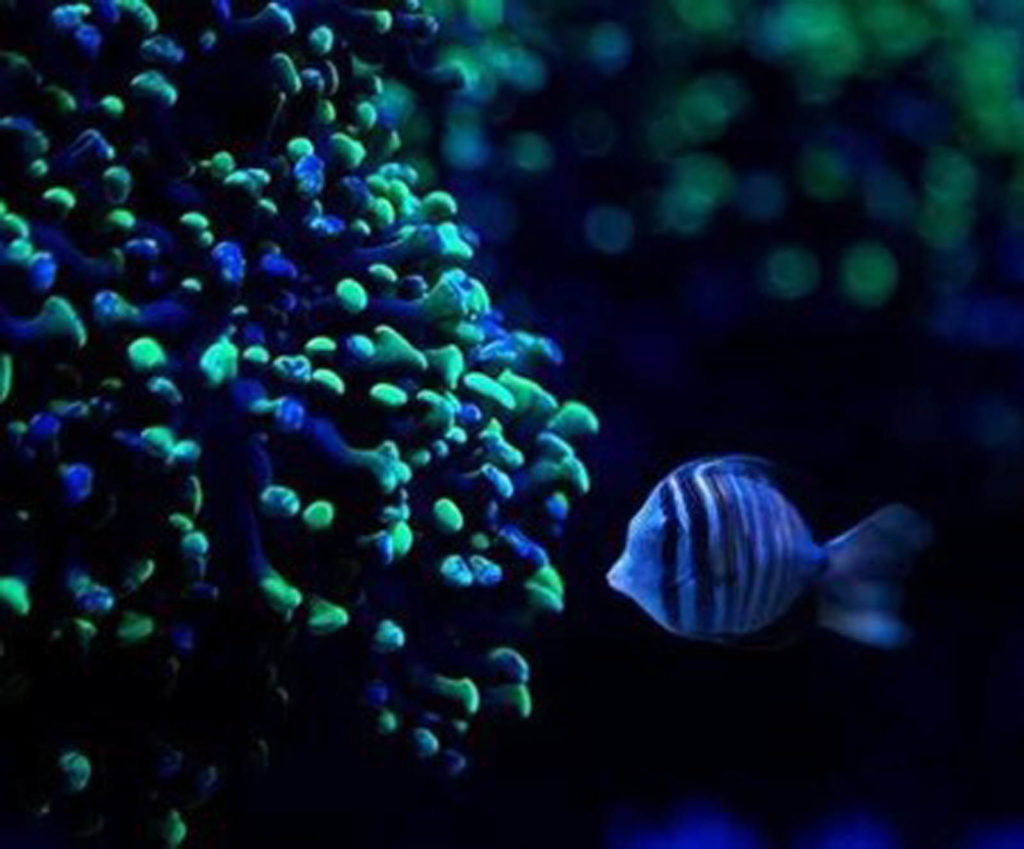
A researcher has established that luminescent textiles can be created by using a bioluminescent reaction system. Regarding her doctoral thesis in the field of Textile Technology at the University of Borås, Sweta Iyer said that the important research question was to understand the bioluminescent reaction mechanism that exists in different living organisms and the selection of the reaction system.
This was important in order to make it possible to use the luminescent effects in textiles. Iyer’s thesis, “Luminescent textiles using biobased products—A bioinspired approach,” is based on there being living organisms in nature with properties that humans can benefit from in many ways.
The journey to this study began when Iyer, after graduating with a Master’s degree in physical chemistry from the University of Mumbai in India, began working as a researcher at several textile companies. “This gave me insight into both textile processes and the processing industry. … The question that captured my interest was how new chemicals can be applied in textiles to achieve new functions,” she says.
There was a gap to fill in the textile research field, she realized. “Bioluminescence phenomena in nature and their reaction mechanisms have been extensively studied in biology and biochemistry, but previously not applied to textiles.”
The study was conducted using enzyme immobilization and eco-technology methods such as plasma treatment. And the results were positive. “Along with the use of conventional dyeing and printing methods, even resource-efficient methods such as inkjet and chromojet printing have been successfully used,” she said. “My study has proven that the concept works.”
The luminescent materials have a wide range of possible applications in activities ranging from biomedicine, biosensors, and safety to architecture and aesthetics. Multifunctional properties such as UV protection and antibacterial properties were also obtained.
 TEXTILES.ORG
TEXTILES.ORG


